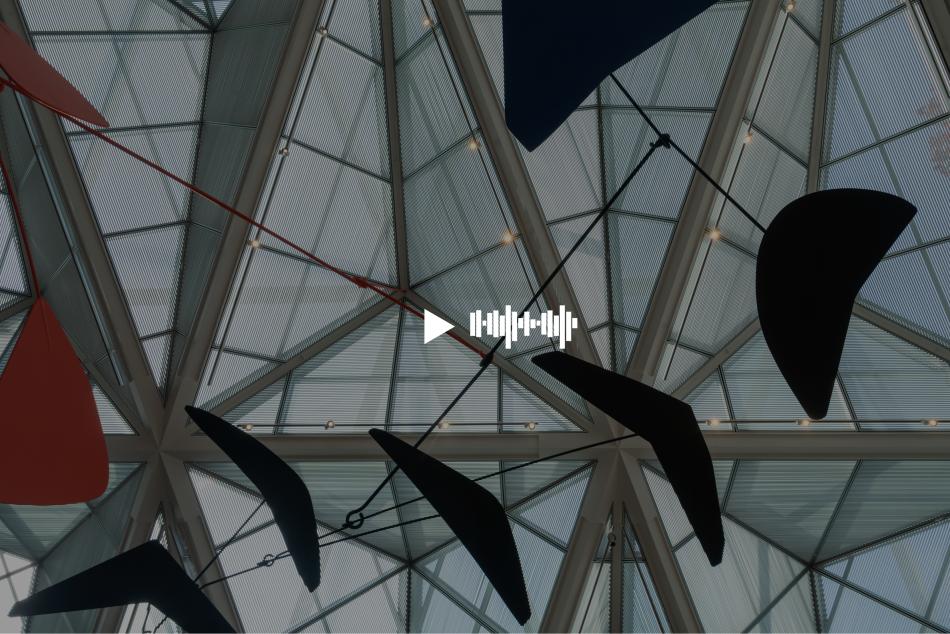Chalice of the Abbot Suger of Saint-Denis. Sardonyx cup with gilded silver mounting, adorned with filigrees set with stones, pearls, glass insets and opaque white glass pearls. The cup is about 7 inches high; the diameter of the cup and base is about 5 inches.
This description is just less than 2 minutes long.
The cup of this chalice is carved from a stone called sardonyx, which is veined in swirls ranging from deep tawny red to nearly white. The polished, gleaming exterior of the cup has a fluted, or ridged, surface, which enhances the effect of the veining, making it seem to ripple and shimmer.
This stone cup has been mounted on a gold base, and set with a gold band around the rim. The base and rim are joined by curving gold handles. Where the handles meet the rim, they curl under to form plant-like tendrils.
Focusing now on the rim: the band of gold is decorated with a raised filigree pattern of delicate fronds and tendrils, made of coils of gold wire. This lacy surface is further decorated with gemstones in deep, blood red; pearly white; and sapphire blue: most are oval or round.
The sardonyx cup is supported by a stem, which bulges into a knob immediately below the bowl, then narrows again before curving out to the flaring foot. Both the knob and foot are covered with more of the raised filigree tendrils and set with more gems. The foot is also decorated with gold roundels – oval medallions framing raised images in gold. One roundel is an image of Jesus: a bearded man with a halo framing his face. Other roundels show wheat and grapes.



